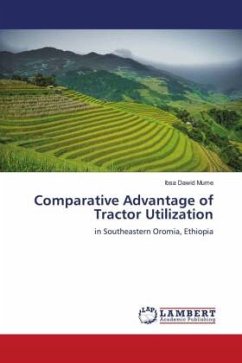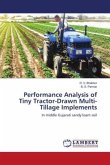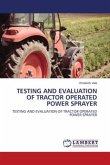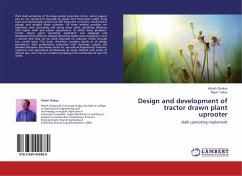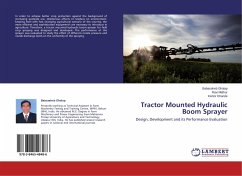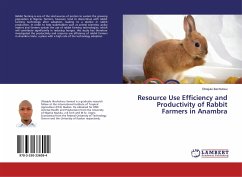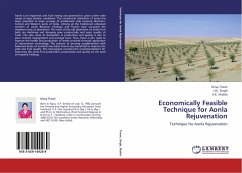When we look at the global scenario of agricultural mechanization, especially in Asian countries where it was previously very low, as well as in Africa, we can see that it is rapidly improving in response to rising labor scarcity, greying agricultural populations, rising labor costs, and increasing feminization of agriculture due to the propensity of more men than women migrating to urban areas, as well as the development of modern value chains that respond to increasing labor costs. In most African countries, the farming system is returning to hand hoe and animal-drawn equipment. However, returning to traditional farming methods would not be able to satisfy the population's long-term food needs, as the farm is severely lacking in both human and animal power due to a variety of factors. Ethiopia has stayed constant with the centuries-old tillage instrument known as maresha in the local language, which is still used to till more than 95 percent of the area under cultivation for annual crops, despite being one of the first in the world to adopt the use of animal power in agricultural production.

